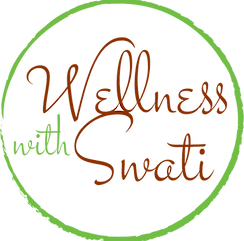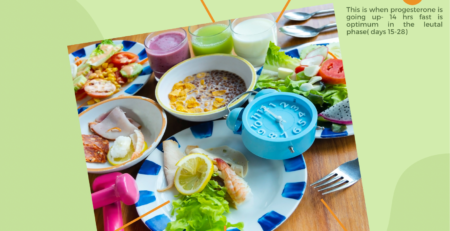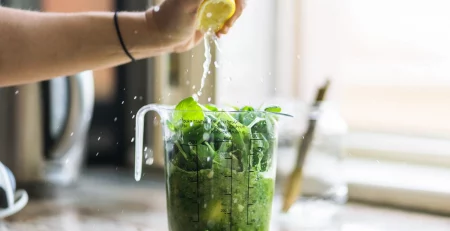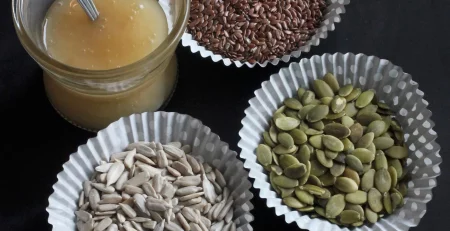Reading the nutrition label for metabolic health.
Summers are here and school holidays are about to begin. While many families will be traveling for leisure or to meet their folks, enjoying local delicacies during holidays / small intimate dinners with the loved ones:) will be something each one of us will be looking forward to.
I do feel bonding over food is essential and most of the times we can make those aware choices, but a lot of times we do have to do with whatever is available. Food is information -Packaged foods are not necessarily always bad. Therefore reading the nutrition label becomes very important so that we choose foods which support our metabolic health.
So how do we mindfully incorporate packaged foods into the diet?
Just in these 4 simple ways-
- Ignore the marketing language on the front. Turn the box and look at the food label. Ignore the “flashy” health claims and marketing gimmicks.
- Look at the serving size – this is not always a typical portion size.
- Watch out for trans fats, added sugars and ingredients you don’t recognise.
- Look at the DV% ( daily value)
Breaking this down and going in depth to navigate the nutrition label better .
Pay attention to sugar specially. Ingredients are listed in descending order by weight . You ideally want the first few ingredients to be recognisable, nutritious whole foods that are unlikely to spike your blood sugar level. Acc to Dr Robert Lustig ” If sugar is one of the first three ingredients, it’s a dessert”.
Secondly, take note of the serving size . Serving size reflects the amount people eat of a particular food. It is not a recommendation of how much to eat .Use it as a guide. Most importantly tune into your fullness and satiety signals when deciding how much to consume.
Long lists ( ingredients) are not really bad. Specially in the case of nut mix. it could have dozens of ingredients comprising of nuts, seeds, herbs , spices etc. What matters is the individual foods and additions on the list.
Watch for ‘Red Flags’. Added sugars – cane sugar, honey, agave nectar , coconut sugar, maple syrup, high fructose corn syrup, glucose, beet sugar, date sugar etc. Artificial sugar – sucrolose, saccharin, aspartame etc. Flours like – rice, spelt, pain flour etc.Trans fats like – hydrogenated vegetable oils. Highly processed veg and seed oils – corn, safflower, sunflower, vegetable oil, soya bean oil etc. Artificial colours, flavours. Double check what you don’t recognise -The Environmental working group list BHA, BHT, TBHQ among its top additives to avoid..
Finally let’s talk about % daily value. This is listed on the right side of the nutrition facts panel. It helps to determine if the food source is good source of nutrient or not.
Acc to FDA – 5% or less of a nutrient per serving is considered low.
20 % Dv or more of a nutrient per serving is considered high.
Typically, you might want to opt for foods with a higher % DV for dietary fibre and various micronutrients and lower % DV for added sugar, sodium and saturated fat.
In a nutshell – choose foods with least amount of additives, added sugars and processed carbs aiming for higher % DV for fibre and keeping sodium and other nastiest to the minimum. Choose whole and fresh foods whenever you can . packaged foods if meet most of the above criteria make for a healthier choice and support the metabolic health.
I hope this information will help you make aware and mindful choices when it comes to purchasing packaged foods for optimum health and wellbeing.
Stay healthy,
Swati
References
https://www.nia.nih.gov/health/how-read-food-and-beverage-labels#list
https://www.ewg.org/consumer-guides/ewgs-dirty-dozen-guide-food-chemicals-top-12-avoid?gclid=Cj0KCQjwn9CgBhDjARIsAD15h0BQ7Sdr22MrWGSXCtr7-HNY256C8DTMyP8ThDJtQO0_ioFrM0b90FUaAvVpEALw_wcB












Leave a Reply